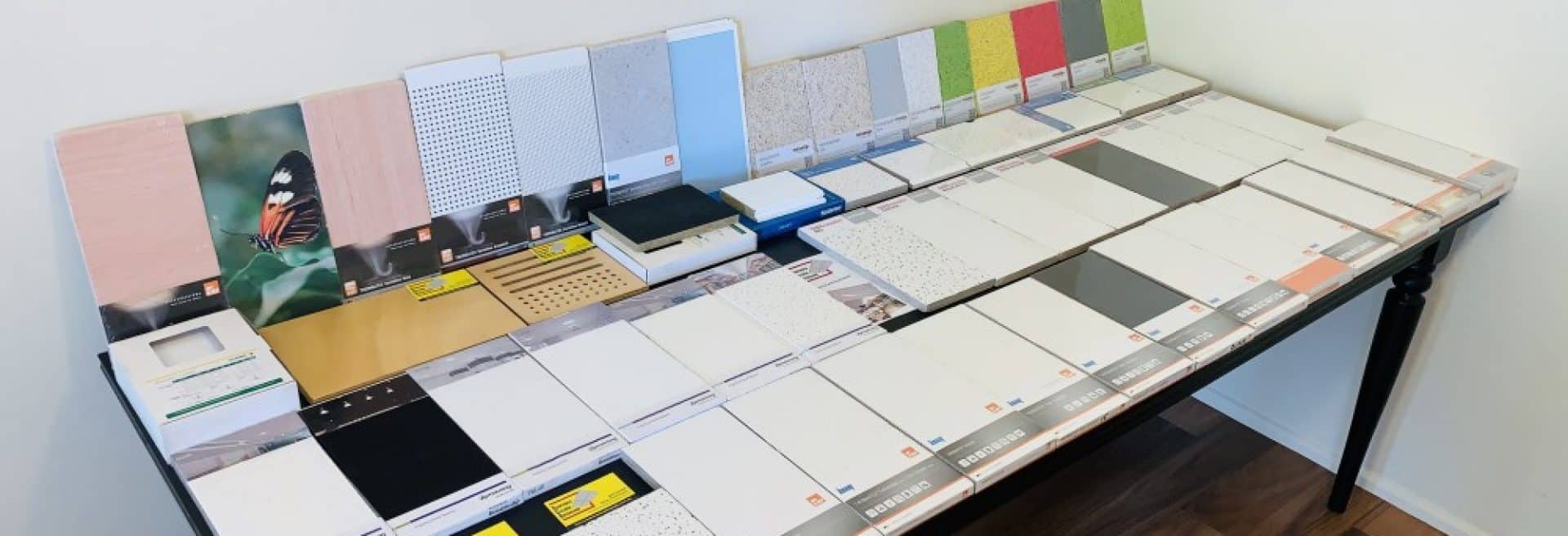Long leg wall angle, why use it? How bout we make a start with what it is. Long leg angle is an angled trim measuring around 20mm x 40mm instead of the standard 20mm x 25mm. Its primary use is to allow for expansion and contraction so the cross tees don’t fall off the wall angle.
Common myth’s I hear from customers and on job sites
- Steel is strong it doesn’t move
- It concrete! like that moves anywhere.
- She’ll be right, I added extra screws.
- Long leg wall angle isn’t any better than standard wall angle
- I screwed it both sides it can’t go anywhere
- It’s brick if the big bad wolf couldn’t blow it down, It ain’t moving anywhere 🙂
The fact remains that many common building methods are subject to movement.
So what’s the answer? Give the system a way that it can move. We can achieve this by using the long leg wall angle long side down. Henceforth, anchoring occurs on only 2 sides. Furthermore, this is on 1 side only of the x and y-axis. The 1200bars and main bars and cut 20mm short on the floating sides. This allows twice the allowance for movement as a standard 20mm angle.
So what happens if I anchor the system on every side?
Ceilings commonly fail when anchored on all side in either of 2 ways. Firstly, the wall angle can tear right off the wall as our picture shows. This ceiling was into tilt panel and right next to a train line. Henceforth, a long leg wall angle should have been used.
Secondly, the ceiling may just tear apart in the middle. This would most likely lead to a partial ceiling collapse. This scenario could be disastrous using injury or loss of life. At Suspended ceilings QLD we do not compromise on quality or safety, for any reason. Our integrity is always more important than increased profit margins. The right way…. or not at all!


